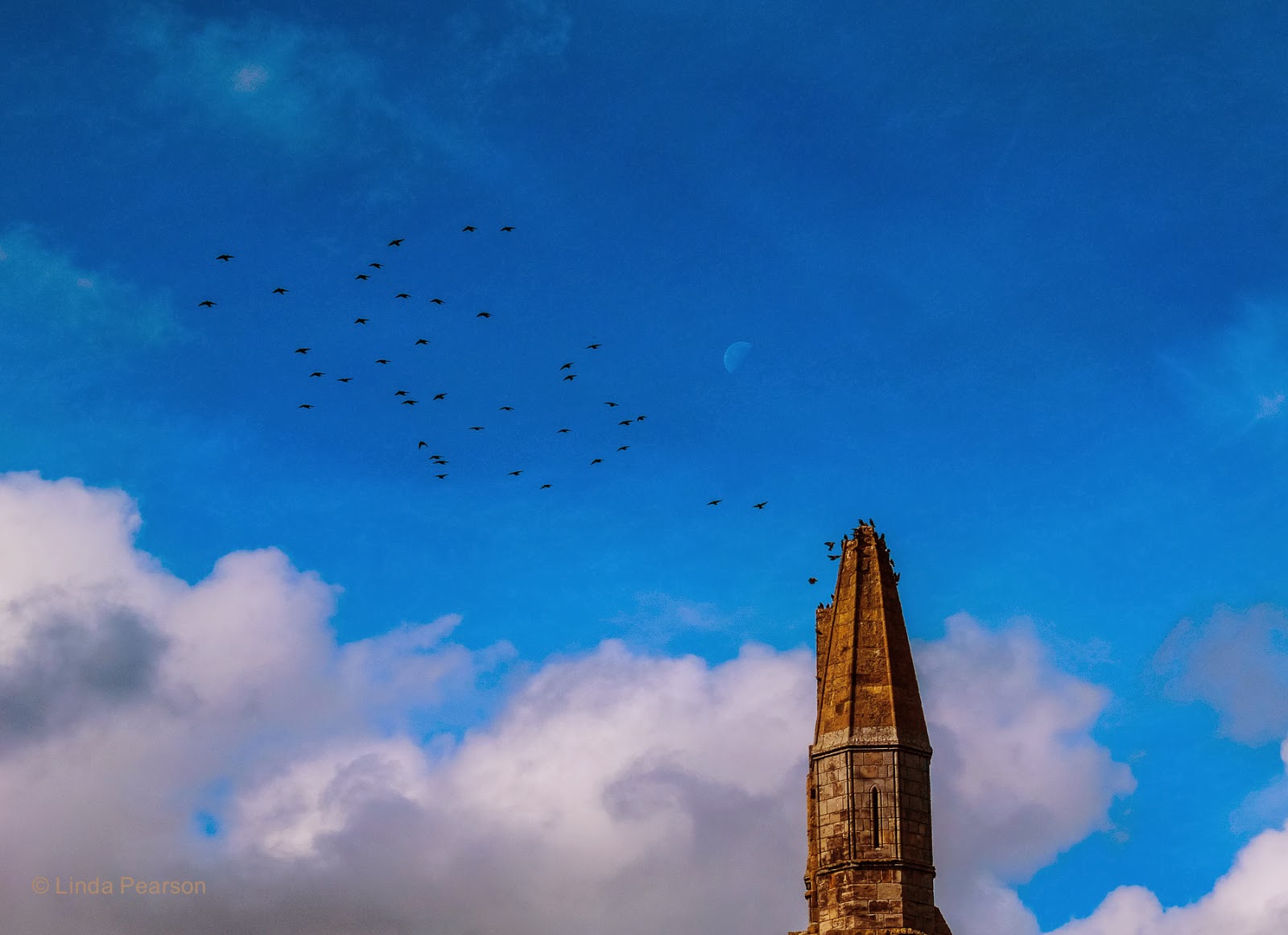It's been a while, hasn't it? This was supposed to be a fortnightly (or thereabouts) blog, but I've never achieved anything like that.
I have no excuses - so to the kind or bored souls who read my ramblings: my apologies.
Nearly a year ago, I bought a Nikon D800. It's a superb camera, but it does have its drawbacks. Firstly, in a world hankering for small and light, it's neither.
This doesn't mean that it can't be used for street photography, though!
 |
| At the British Museum |
But I digress.
Also, due to its staggering 36 M sensor, it's a camera which doesn't tolerate errors. Unless my focus is pin sharp, images from it are almost useless.
This creates problems. Due to it being full frame, the depth of field compared with my old and much-beloved crop frame D300 is very shallow. This means I need small apertures / high f-numbers for anything that isn't stationary - which can be a problem as, unless I'm using a tripod, I need a high enough shutter speed to avoid camera shake.
Of course, sometimes a tripod isn't an option. This is the result of a 30 second exposure:
 |
| Shine Dome, Canberra |
I've got to say that I'm in awe of modern digital cameras. Look at the contrast ratio in that shot and the colour balance. Somehow, the D800 has handled at least five different light sources and still produced a great image.
The red streak is the tail lights of a passing car. It also left a "ghost" of its roof near under the street light on the right!
Anyway - the bottom line is that every photographer needs a tripod - and a good tripod at that. I'd suggest that you go for a ball head. Just make sure it can handle the weight of any camera-lens combination you're likely to use in the future.
The other result of going full frame is the loss of focal length. Using a crop frame sensor means that the focal length of every lens is effectively changed. On a Nikon APS-C camera such as the D300, my 70-200 is effectively a 105 - 300, which is handy when trying to photograph birds. (It's not so good when going wide. My 14 - 24 was a 21 - 36 on the D300.)
Anyway ... I decided to get myself a teleconverter to try to get some "reach". I bought the Nikon x1.7 unit, which as you would expect, increases the focal length of a lens by a factor of 1.7, at a cost of losing 1.5 f-stops.
So far, I'm happy with the results. This little chap was up in a small tree and using my 70 - 200 would
 |
| Baby magpie lark |
have meant either a tiny image, or the need for me to crop very hard indeed. Using my lens effectively as a 340mm telephoto, got what is for me, an effective image.
The loss of speed due to the teleconverter isn't an issue, as I have to stop the lens down to achieve a good depth of field.
I actually worked "semi-manually" with this. I had the camera on auto ISO and manual. I selected the appropriate aperture, went for a high, 1/500 sec shutter speed and dialled in centre-weighted metering. The Nikon did the rest.
I'm no bird photographer - so I'm happy with the result.
Keep making those photographs!
Shane Baker
Canberra






